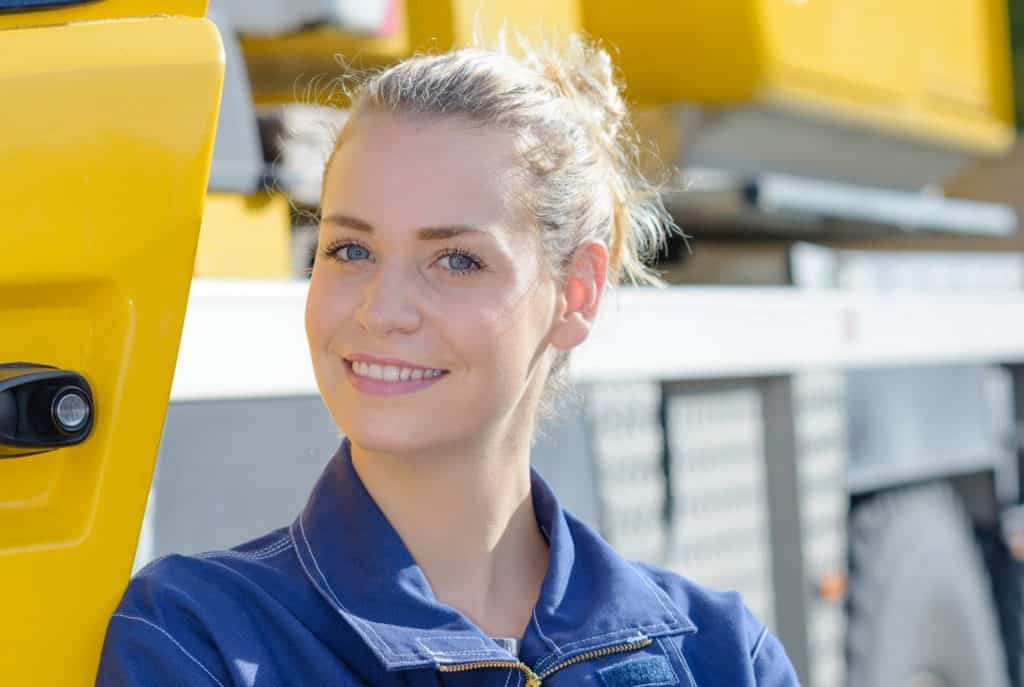Fleet-Vehicle Cameras: Helping to Save Money and Lives
Installing cameras in fleet vehicles can help companies develop better practices by recording incidents as and when they happen. This helps both to improve drivers’ behaviour and to protect employees from harm, whilst also serving the wider public and other road users.
Recognising a driver’s responsibility for their actions is important, and is reinforced by in-vehicle recording. This can help companies and employees to focus on instilling good driving behaviour and addressing issues, for their mutual protection and ongoing coaching and training.
Such forms of technical assistance and supervision can naturally increase levels of suspicion amongst drivers, with the knowledge that they could potentially be used evidentially if misconduct is suspected.
Cameras and information assistance systems, however, can also be highly beneficial to the vehicle drivers themselves. The extra visibility and targeted warnings they provide of problems emerging outside their line of sight can help to decrease the risk of accidents.
This includes for example, the presence of hazards or of other vulnerable road users, such as cyclists or children.
Installing fully integrated or retro-fitted technologies within vehicles, therefore, can help drivers and businesses operate more safely and effectively.
They also enable compliance with increasingly stringent regulations that govern commercial road users, one example being Transport for London’s Direct Vision Standard (DVS).
Whilst safety alone should perhaps be sufficient reason for fitting multi-camera systems to commercial vehicles, it is also important to recognise that investing in a fleet camera solution can also produce ongoing savings and returns.
